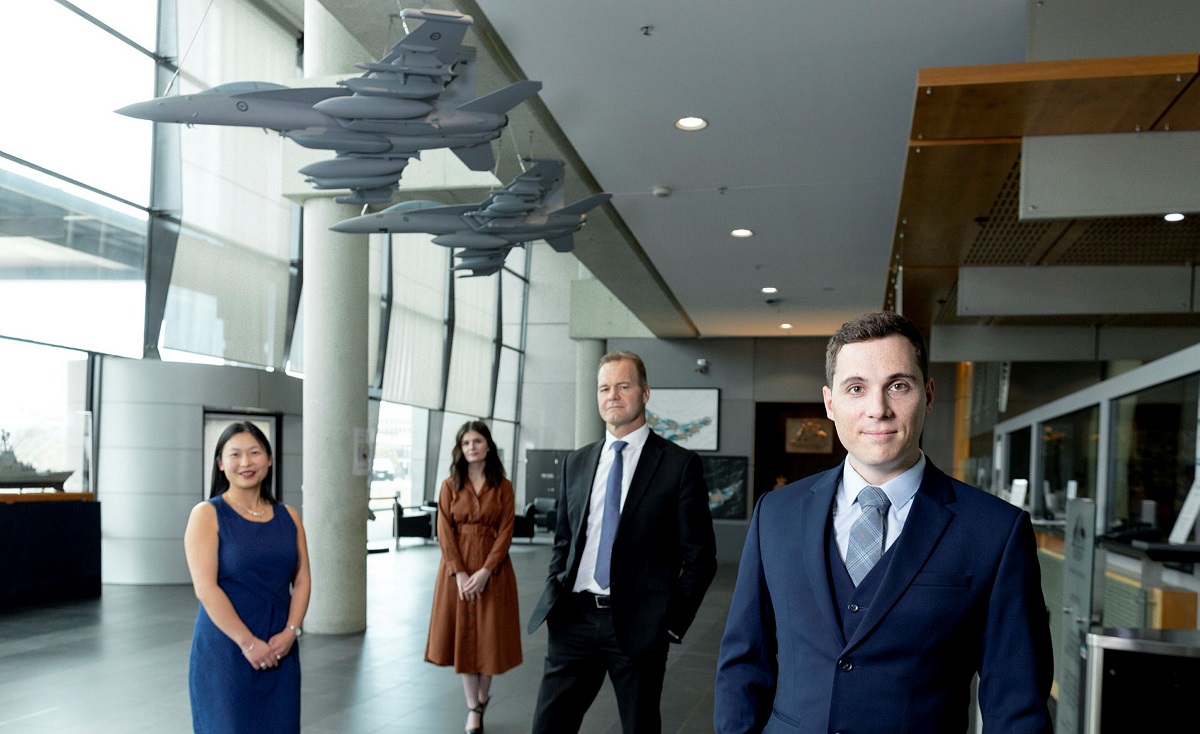
Defence APS staff at Russell Hill offices. Photo: ADF.
The union representing 20,000 professional employees across Australia says many of the key strategic projects Defence hopes to deliver are at risk due to the Government’s reluctance to recognise an appropriate pay structure for engineers and technical staff in the Australian Public Service (APS).
Professionals Australia CEO Jill McCabe said that the lack of critical engineering and technical skills in the APS – and particularly in Defence – has been a “long-standing problem and would undermine the implementation” of the Defence Strategic Review (DSR) recommendations if it wasn’t addressed.
Delivered in April, the DSR recognised that Defence is facing significant “workforce challenges” across all areas of the ADF, APS and defence industry, and said that an “innovative and bold approach to recruitment and retention” was required.
“Without creative and flexible responses, the workforce situation in Defence will continue to deteriorate,” it said. “Policy, process, risk appetite and approaches to recruitment must change to increase the speed of recruitment from application to enlistment and recruitment. Recruitment time must be achieved in days, not months.”
The DSR recommended that “options should be developed to change Defence’s recruitment framework to improve the eligibility pool of potential applications and to align service recruitment requirements to military employment”.
In response, the Government initiated a retention bonus scheme for uniformed personnel signing back on after their initial return of service obligation, and improved the terms of use for Defence Housing. It also appointed a new 3-star officer position as the inaugural Chief of Personnel from 5 June.
But little appears to have been done to correspondingly attract and retain Defence’s APS technical personnel.
“The DSR Report highlighted that the Defence APS workforce was understrength and an innovative and bold approach to recruitment and retention was required,” Ms McCabe said in the release. “We are concerned that, as new DSR projects are initiated, the demand for these skills will become even more acute, putting capacity to deliver these projects at risk.
“Under the current APS pay structure, the Department simply cannot compete with the salaries offered by the private sector,” she added. “A qualified engineer working in the private sector can earn $30,000 to $100,000 more per year than in the Department of Defence.
“Engineering and technical specialists develop their skills and expertise in the first few years working in Department of Defence, but many then move to private sector companies due to the higher pay on offer.”
The problem has become even more acute in recent weeks after accusations that large companies contracting into Defence such as KPMG had inflated their billing or had charged for work that was never done, or had written the requirements for roles for which they were subsequently contracted.
It is therefore possible Defence will be somewhat tentative about bringing contract technical staff in from industry for the time being, but will have insufficient APS staff of its own to fill any capability gaps.
Ms McCabe said that, as part of the APS enterprise bargaining negotiations currently underway, Professionals Australia had proposed a specific STEM classification and pay structure to allow Defence to compete with the industry in attracting and retaining the skilled personnel needed to deliver projects.
“Although the DSR report indicated that pay and service conditions in the APS as well as ADF should be highly competitive in the labour market, the Australian Public Service Commission has rejected our claim for a specific STEM structure which would help recruit, develop and retain a skilled technical, science and engineering workforce.
“The structure would be targeted at those with the capabilities and qualifications in STEM that Defence required and would remain covered by the Defence Agreement.”
Original Article published by Andrew McLaughlin on Riotact.










